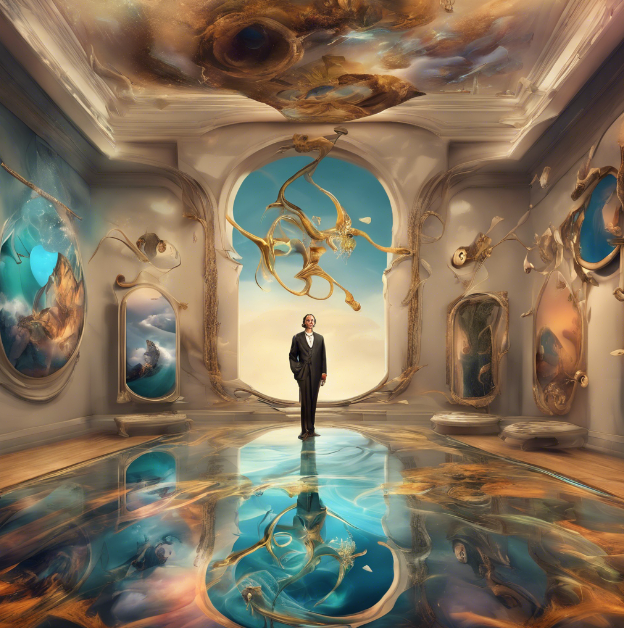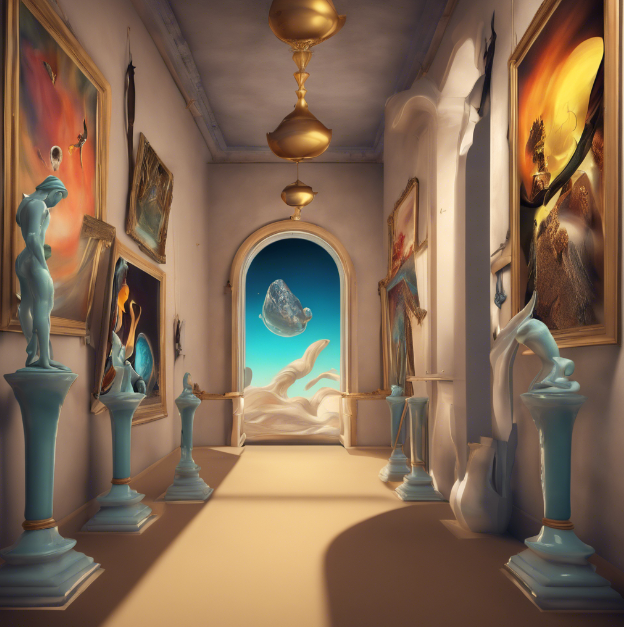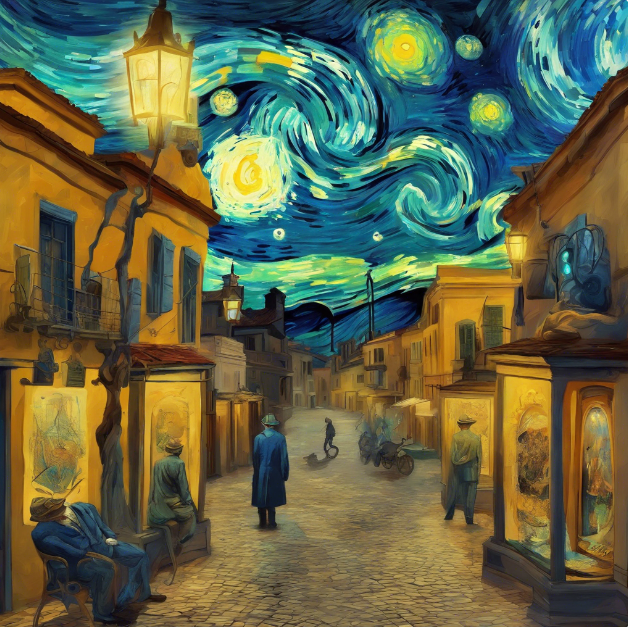Art in the Metaverse and its Creative Revolution
- Zayneb Dahhaoui El Barni

- 14 sept 2023
- 3 Min. de lectura
Actualizado: 14 ago 2024
Vincent van Gogh's "Starry Night"Edvard Munch's "The Scream" or Pablo Picasso's
"Guernica" are iconic examples of masterpieces that have left an indelible mark on the world of art. In their time, these paintings not only challenged the stylistic conventions of their time, but also reflected the cultural and emotional changes of humanity. Throughout history, the development of art has been closely linked to social movements, technological development and changes in worldview.
The introduction of the metaverse has sparked an unprecedented creative revolution at the
nexus of technology and artistic expression. This new and expanding digital universe offers
artists an unrestricted workspace, enabling them to explore new horizons in online collaboration, interactivity, and creativity.
The metaverse, with its virtual worlds, virtual reality platforms and three-dimensional networks, presents itself as a new ecosystem where artists can unleash their creativity without limits. Also one of the most prominent facets of the metaverse is the creation of three-dimensional art. Artists create their work and model it in 3D, which allows them to materialise their work so that it can be experienced from completely new perspectives. The metaverse provides a place where works of art can be exhibited in their full three- dimensionality.
The artistic experience has reached higher levels thanks to the metaverse. Viewers are no longer passive spectators; they can now immerse themselves in deeply immersive art experiences. Creators can create virtual worlds for visitors to explore and actively participate
in the work. Blurring the traditional boundaries between creator and audience, interaction becomes an intrinsic part of the artistic experience.
Artistic collaboration and the exhibition of works have changed due to globalisation and
virtual exhibition. Regardless of physical distances, artists from any corner of the world can
collaborate on creative projects. Virtual galleries allow artists to show their work in virtual
exhibitions, reaching a global audience without the limitations of physical galleries.
The metaverse has also created a new digital art market powered by NFTs. Artists can sell
their digital artworks as unique and verifiable assets on the blockchain using NFTs. The use
of this technology has elevated the authenticity and ownership of digital artworks to a new
level, and has given artists a new way to earn income through their work.
Companies such as Decentraland, Somnium Space and SuperRare have led the evolution of art in the metaverse, enabling artists to create, exhibit and sell digital works in a virtual and blockchain environment. Larva Labs and projects such as CryptoPunks and CryptoKitties have been instrumental in bringing digital art and collectibles into the metaverse space. Companies such as Matereum are attempting to guarantee the authenticity and ownership of artworks in the metaverse using blockchain technology and smart contracts. In this growing digital space, more companies are expected to explore and support artistic creation in a collaborative and innovative environment.
Important challenges and considerations arise on the road to this artistic revolution. Issues of
intellectual property rights, privacy and accessibility are important considerations that require careful attention as the metaverses of art continue to evolve.
In short, the metaverse opened the door to a creative revolution in the art world. Artists have
access to an infinite digital canvas to create, experiment and share in ways never before seen. As the metaverse expands and changes, the art of this new era promises exciting opportunities and unlimited potential for digital creativity.
Zayneb Dahhaoui El Barni

.png)











Comentarios